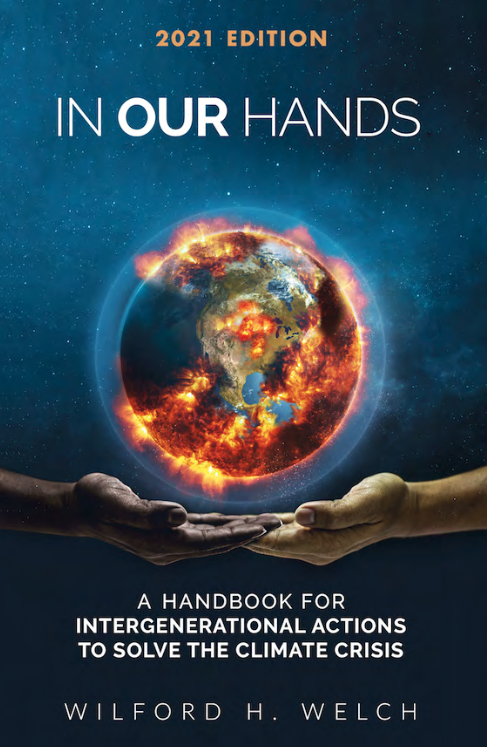THE CLIMATE SIMULATOR
I recently came across this fascinating climate solutions simulator that MIT Sloan School and Climate Interactive recently completed. The EN-ROADS simulator enables you to visualize how actions—like a price on carbon, reducing deforestation, or shifting to renewables —would affect CO2 emissions and the earth’s temperature. The simulator provides surprising insights into how effective—or ineffective— certain actions are likely to be in limiting the rise of global temperatures.
You can see an intriguing explanation of how the simulator works here.
Or just start experimenting with the simulator yourself by clicking here.
And please consider taking their free training to become a workshop facilitator.
It is hard to imagine a more valuable contribution you could make to getting individuals, organizations, and government agencies to mobilize and take effective actions to solve the global warming/climate crisis.
You can also read about the simulator in this Bloomberg article: “The Best Way to Slow Global Warming? You Decide in This Climate Simulator.”
WHAT’S REALLY WARMING THE WORLD?
This video, produced by Bloomberg Media from NASA’s Goddard Institute for Space Studies data, is equally enlightening. It examines the extent to which such forces as the earth’s orbit, solar flares, volcanoes, or aerosol pollution have changed the earth’s temperature since 1880. It systematically debunks each of these alternative theories and shows, with extreme clarity, the strong correlation between human-generated greenhouse gas emissions and rising global temperatures.
You can find the original Bloomberg article explaining the video here.
And, for those of you who want to understand the methodologies used to compline the data for this video, please click here.
Let’s use this period during which Mother Nature has forced all 7.7 billion of us to take a breather to create new ways of living within earth’s boundaries. If we snap back to the old normal we will have missed a critical opportunity to change our ways and deal with global warming and climate change.

